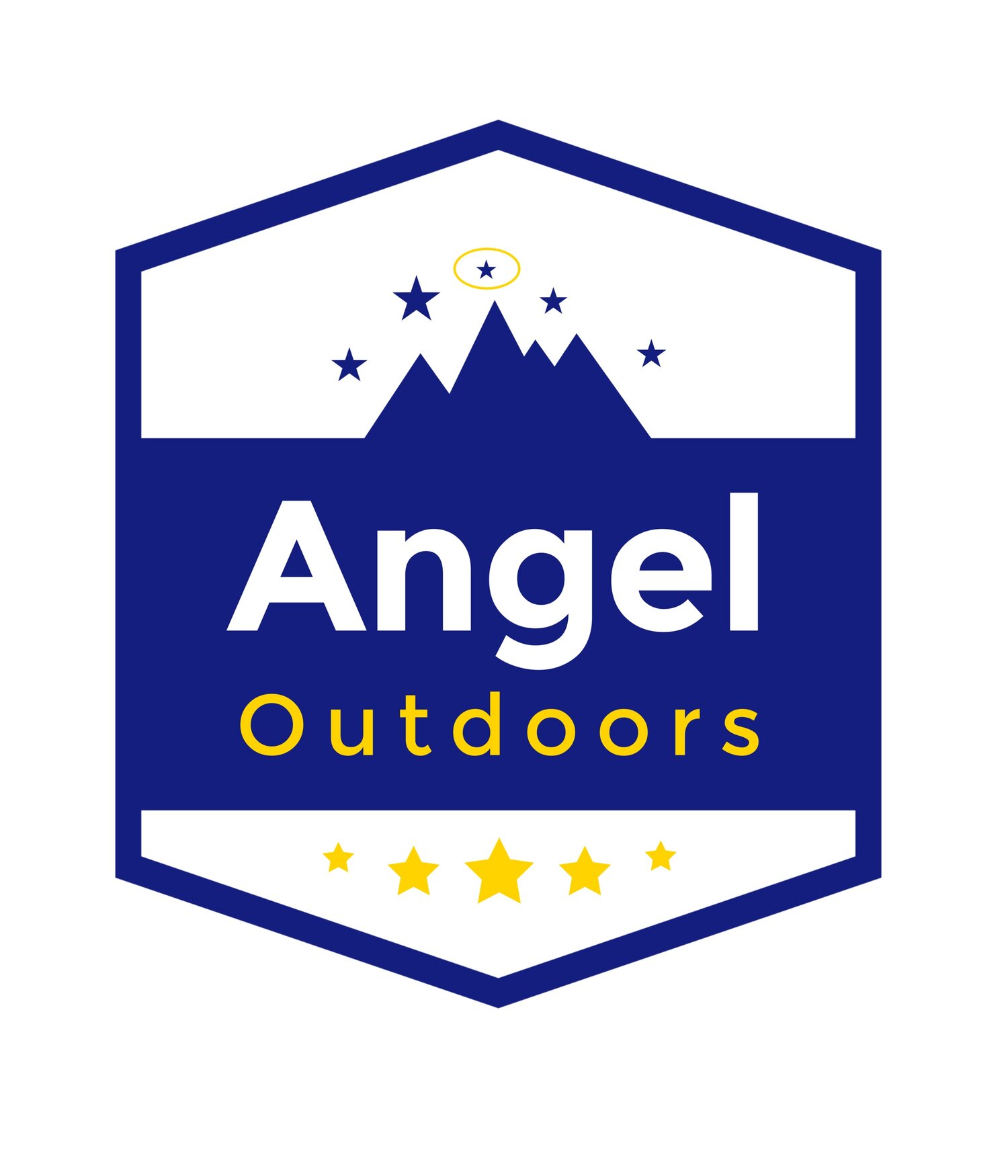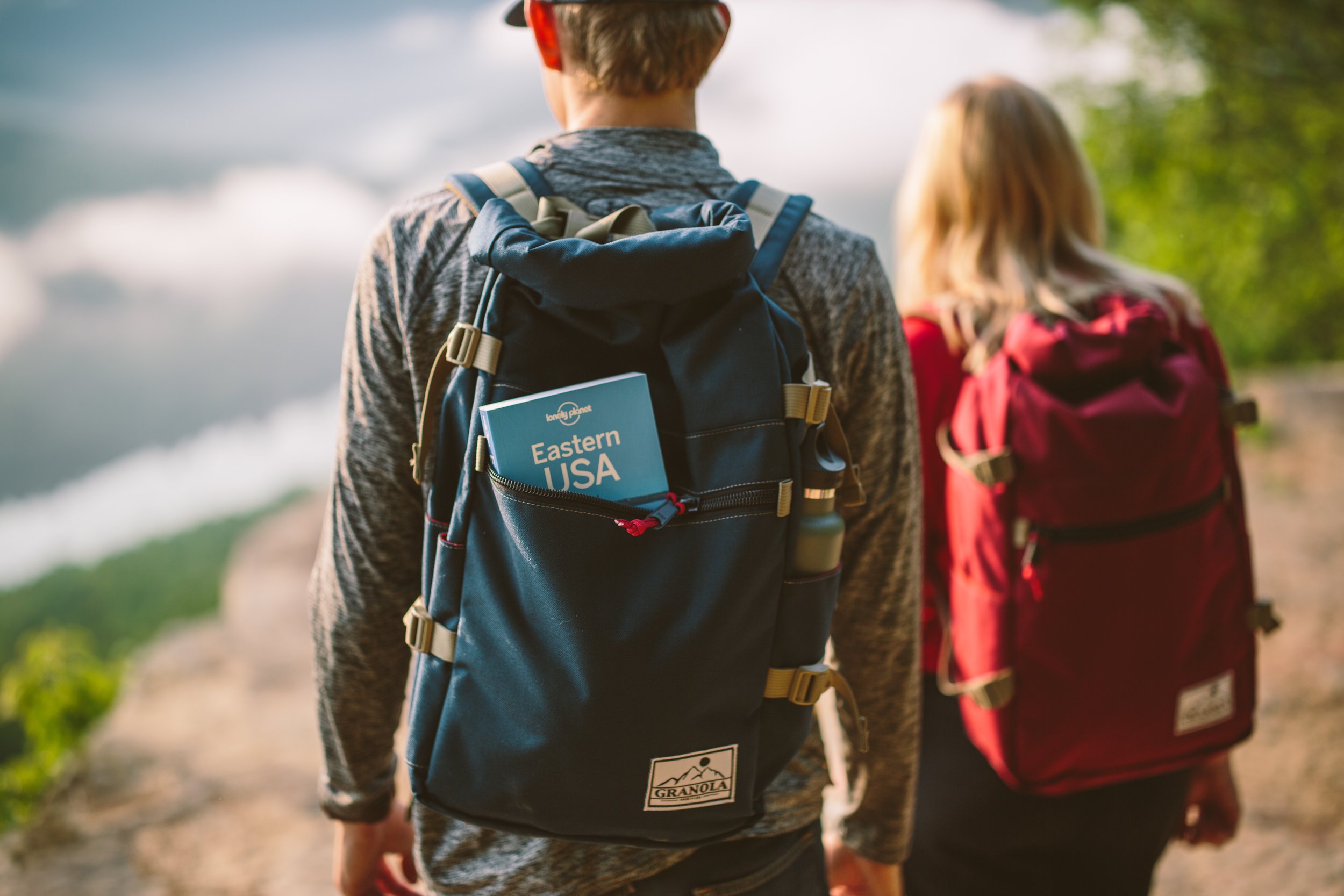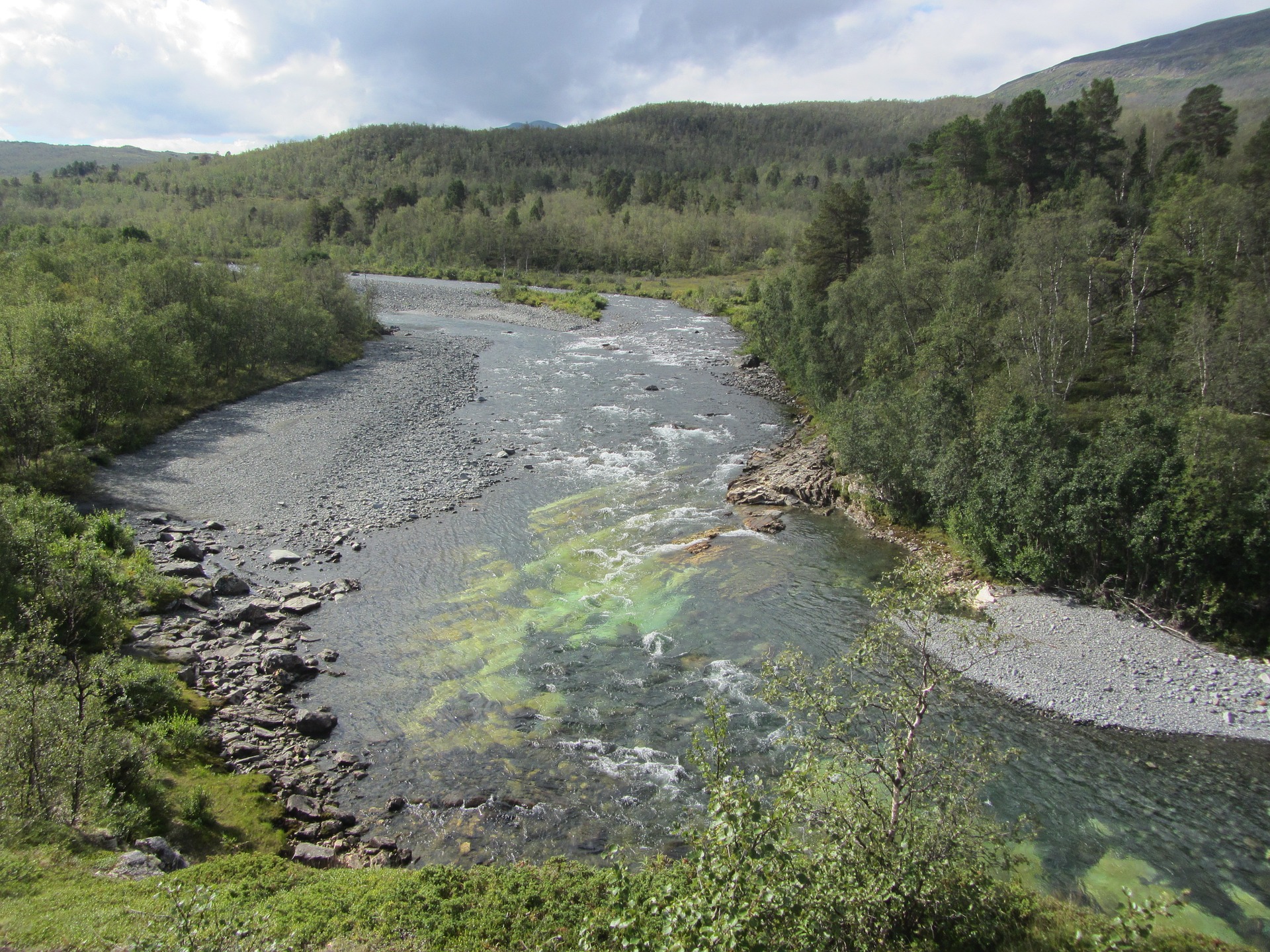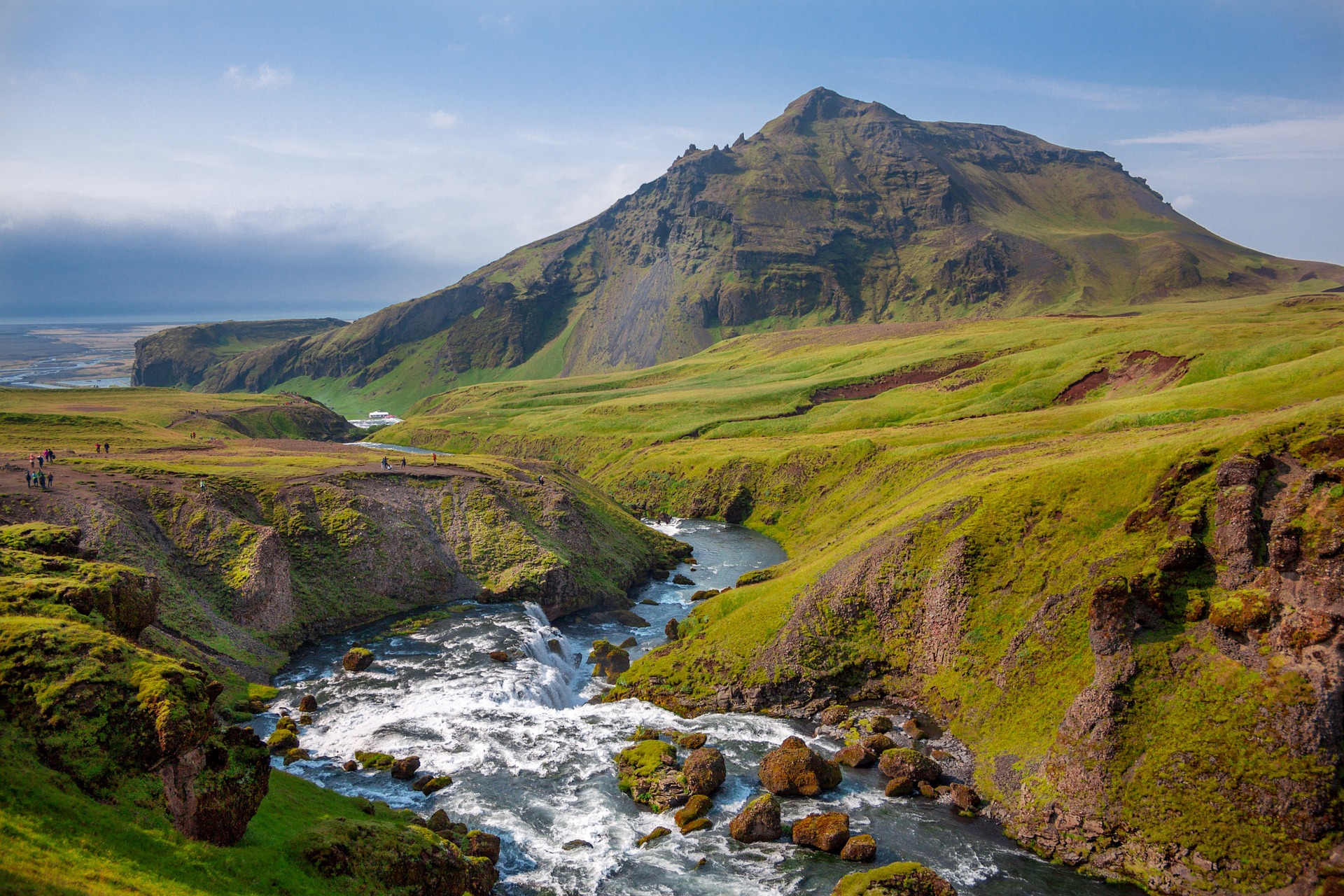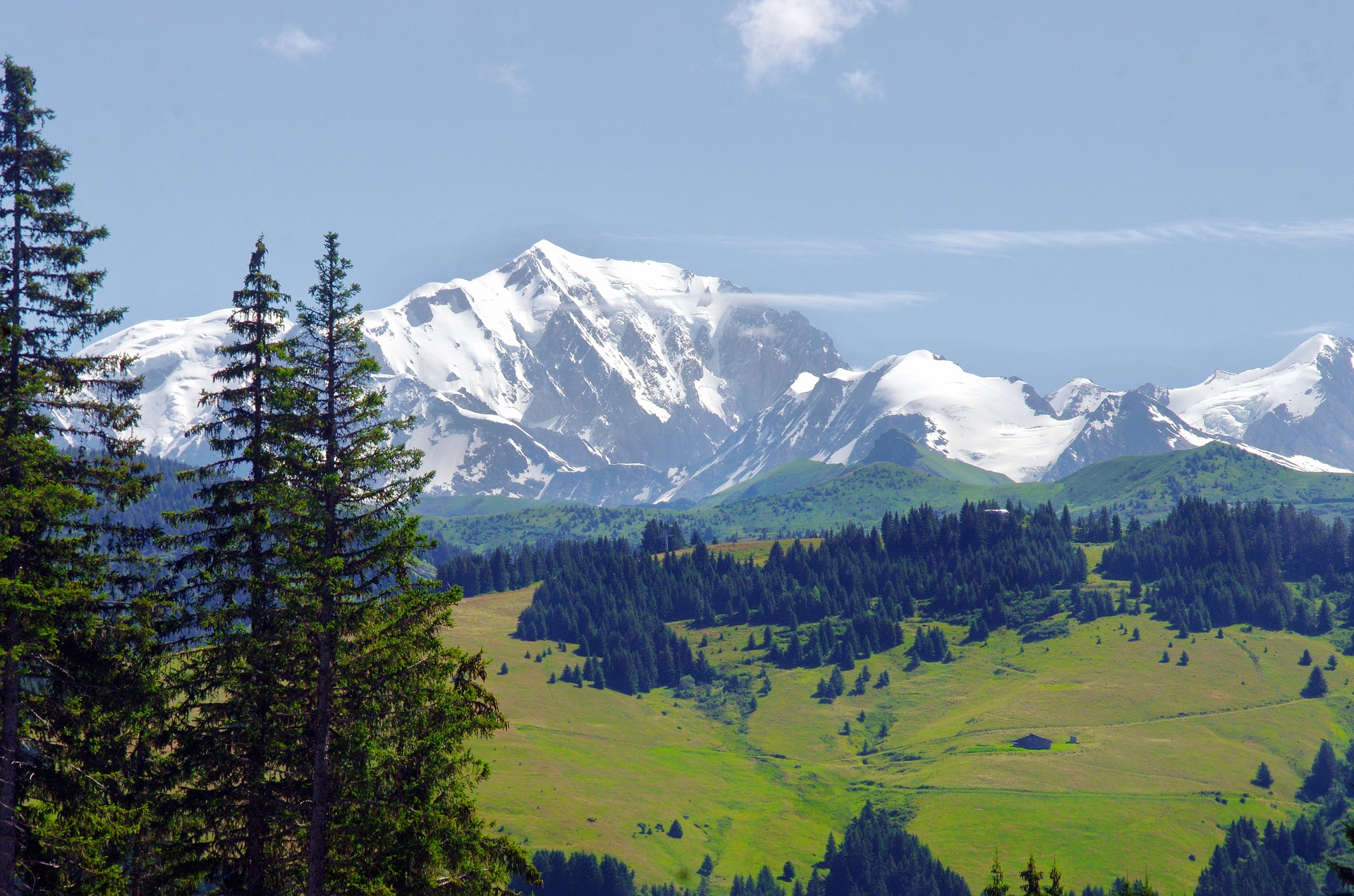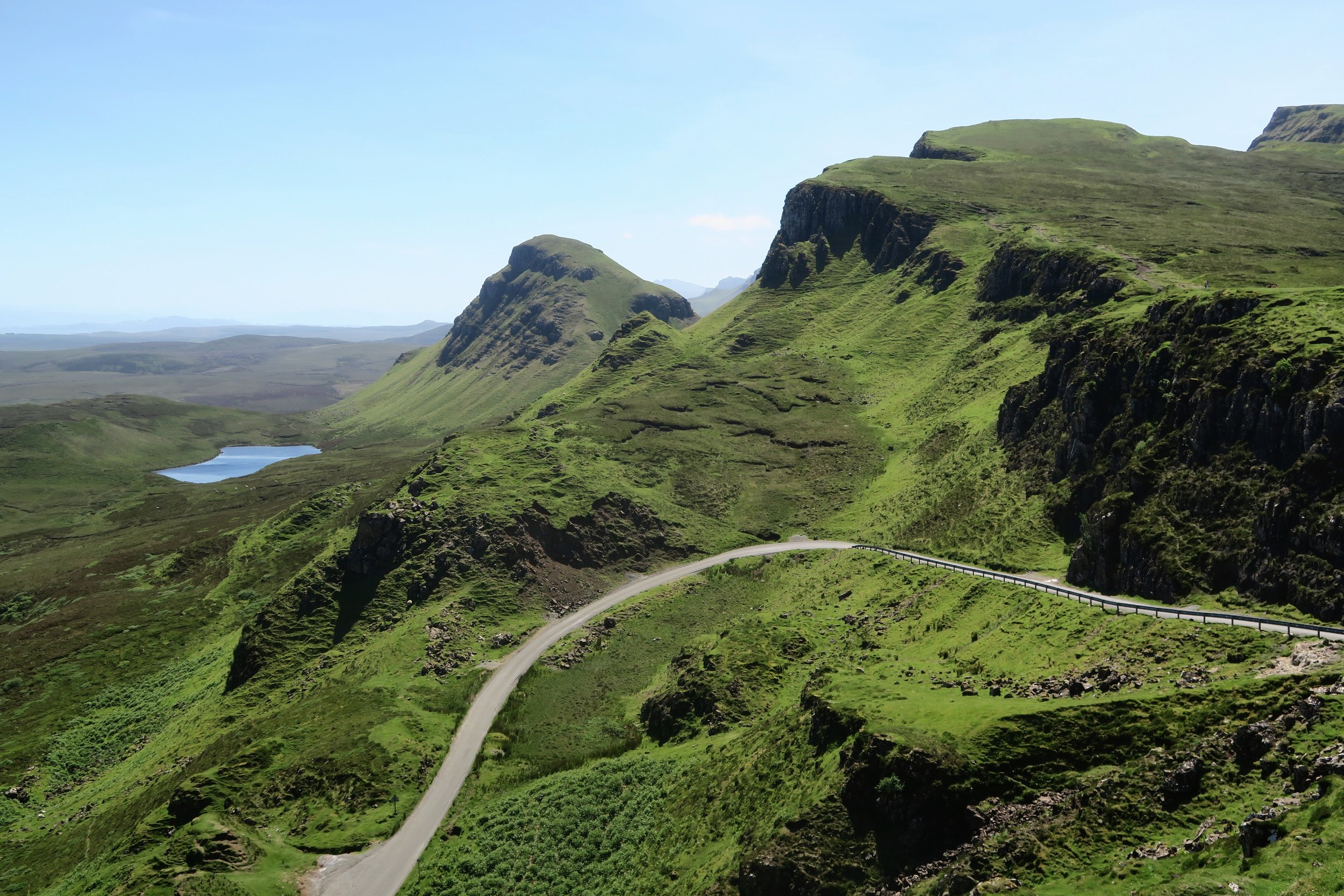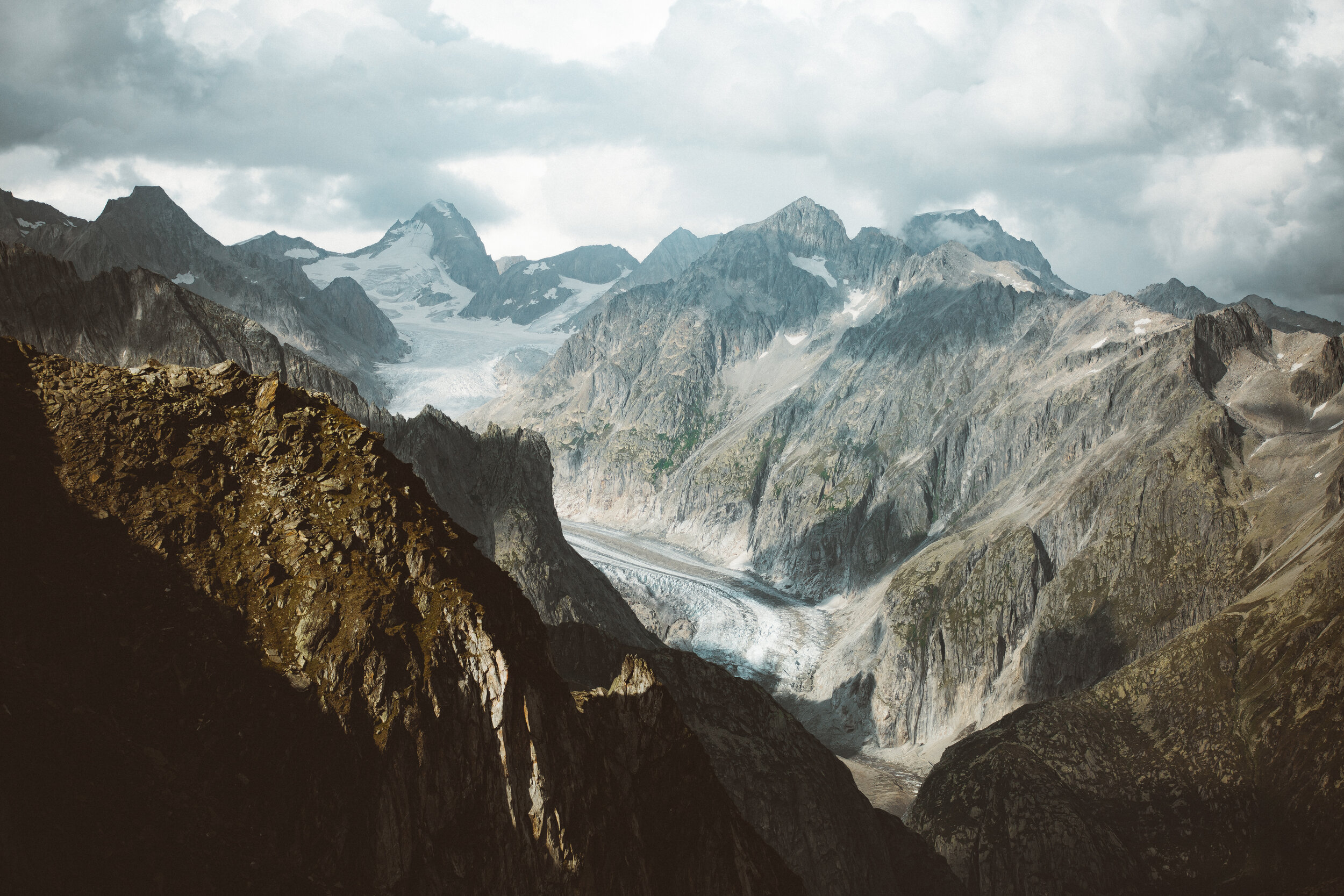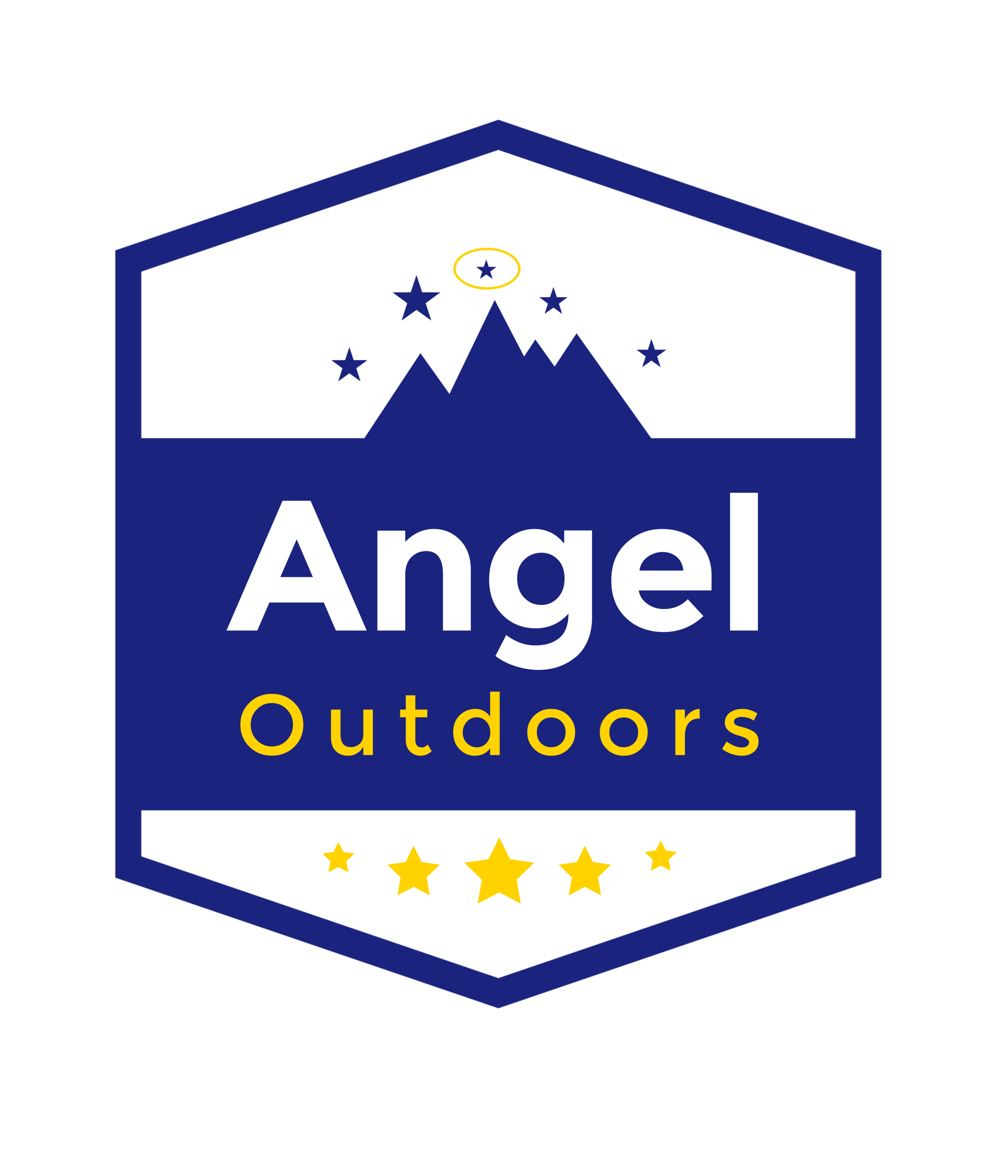Europe’s Best Backpacking Trips
Looking for the best backpacking trips in Europe? Do you want to go hiking through Europe’s most beautiful mountains, valleys, trails, and terrain? Europe is home to some of the most exciting backpacking trips in the world. Whether you enjoy a short backpacking trail or a long, 100-mile long trip, Europe has trails that meet your exact desires, offering beautiful, breathtaking scenery along the way.
Best Backpacking trips in europe
Knowing the best places to go backpacking in Europe allows to you make the most of your trip, and you are sure not to be disappointed with your experience. While there are numerous unique places to go backpacking, there are several places in particular you are not going to want to miss.
In this guide to the best backpacking trips in Europe, you will learn the essential information about the six best backpacking destinations in Europe, including:
Best time to go
Elevation gain
Duration
Difficulty
Distance
We also highlight six different countries, showing you the best each one of the six locations has to offer for hikers. The six places we highlight include:
Those who love to go on backpacking adventures and want to see the most beautiful parts of nature this world has to offer should certainly add these six hiking trips to their bucket list.
Without further adieu, let's get into the best backpacking trips in Europe. Each one offers a unique experience and has developed a reputation as one of the best hiking trails in the world. It is time to see what all the hype is about and plan your visit to one of these premier destinations.
#1: Best Backpacking and Hiking in Europe,
Alta Via 1 - Italy
A quick guide to Alta Via 1:
Best time to go: July - September
Elevation gain: 22,000 feet
Duration: 6-10 days
Difficulty: Intermediate
Distance: 75 miles
the best hiking and backpacking trip in europe by angeloutdoors.com
The Alta Via 1 - or the Dolomite High Route - is located around the Dolomite Mountains, which is home to one of the most beautiful landscapes this world has to offer.
In addition to the scenic beauty, The Alta Via 1 offers historic value and is a significant landmark in WWII history.
The trail itself is not too difficult, but it is relatively long and requires proper planning to ensure the backpacking trip goes smoothly. There are plenty of water sources and refugios for lodging along the way.
Location
The Alta Via 1 is located in northeastern Italy and begins at Lago di Braies, which is located in South Tyrol, Italy. This location is home to some of the most natural beauty in the world, offering colorful mountaintops, beautiful lakes and fascinating wildlife. The best way to get there is to fly to Italy and use public transportation to the starting point.
What to expect
The first thing you are likely to notice upon arriving at Alta Via 1 is the astounding beauty of the nature that surrounds you. The beautiful scenery is truly breathtaking, and since the trek is rather slow, you have plenty of chances to soak it in for all it's worth.
While the journey is somewhat treacherous, there are stopping points all along the route, plenty of water sources and the weather is pleasant during the summer months.
For most experienced backpackers, it should not take more than a week to complete the Alta Via 1 trail, although the average length of time is eight days and seven nights.
Weather conditions
Timing is critical when visiting the Alta Via 1 due to the weather conditions. Outside of July, August and September, the terrain is covered with snow and can become a challenging trail, so be sure to go at the right time, plan for the weather and stay prepared at all times.
Lodging
There are various refugios along the route and a reservation is not required to stay at them. However, it is highly encouraged to get a reservation - especially when visiting during August when the trail is the most crowded. There is no permit needed to backpack the Alta Via 1.
Additional information
Although it is not overwhelming from an endurance standpoint, the Alta Via 1 can be a somewhat complicated trail, and you are likely to need to ask for help at some point if it is your first time there. Since not all of the guides and other hikers are going to speak English, be sure to learn some basic Italian before going in case you need help.
The bottom line
If you are looking for one of the most scenic backpacking trips in Europe, then look no further than the Alta Via 1. As long as you plan your trip at the right time, prepare your route before hitting the trail and make reservations with the refugios, you are sure to have a great experience.
#2: Best Backpacking and Hiking in Europe,
GR20 - Corsica
A quick guide to GR20:
Best time to go: Early June to Late October
Elevation gain: 32,000 feet
Duration: 11-12 days
Difficulty: Expert
Distance: 112 miles
The GR20 in Corsica is a premier spot to go backpacking in Europe. Although it may be challenging for even the most experienced backpackers, the beautiful sunsets, magnificent mountaintops and overall extreme beauty make the trip worth the physical struggle.
Best European backpacking trips
Before and after your hike, be sure to check out the unique environment the city offers, including the delicious food, nightlife and more.
Location
The GR20 is located on Corsica, which is a mountainous Mediterranean island in Europe that is considered a part of France. The GR20 is in the middle of the mountainous center, and it is one of the most challenging backpacking trips on this guide.
What to expect
The GR20 is incredibly challenging for beginners, and it requires proper planning to ensure your safety on the trip. Although it is not long, the mountain terrain can be rugged and cause you to fatigue reasonably quickly.
With that said, it is most certainly worth the challenge. The GR20 offers one of the most beautiful environments in all of Europe, and it is a truly unique experience of tough hiking and breathtaking views.
Be sure to give yourself a couple of weeks to complete the entire GR20 hike as it can be a rather slow, rugged experience that is certain to test your endurance.
Weather conditions
Like many backpacking destinations in Europe, it is essential to consider when you go and what the expected weather conditions will be at the time of your journey. There are markers along the route that update weather conditions, but be sure to still check the long-term forecast before hitting the trail.
Lodging
There are numerous refugios along the route - which are going to come in incredibly useful as the journey can be a long, exhausting one each day. You can either stay at the refugios, or they allow camping next to the refugios. However, wild camping is not allowed so be sure to find a lodging destination.
Additional information
One of the most important things to remember before setting off on your backpacking trip of the GR20 is to plan for resupply. There are water sources and refugios that offer food along the route, but it is essential to be sure to bring a reliable supply before you leave.
Another interesting note about the GR20 is the swimming holes that are located throughout the journey. Be sure to plan for a nice cool down as you come across magnificent swimming locations along the route.
The bottom line
The GR20 is indeed a can't miss spot to visit when backpacking in Europe. While a beginner may prefer an easier, less rigorous route, the GR20 is the ultimate challenge for experienced backpackers who want to test their physical endurance, while still enjoying all the beauty Corsica has to offer.
#3: Best Backpacking and Hiking in Europe,
Kungsleden Trail - Sweden
A quick guide to Kungsleden Trail:
Best time to go: Anytime
Elevation gain: 4,000 feet
Duration: 7-14
Difficulty: Intermediate
Distance: 270 miles
best backpacking trips and hiking in Sweden: kungsleden trail
The Kungsleden Trail offers everything you could ever want on a backpacking trip, including beautiful scenery, plentiful lodging and resupply locations and the ability to make the route as challenging or as easy as you desire.
It indeed provides one of the unique backpacking trip opportunities in all of Europe, and it is a place every trekker should have on their bucket list to visit.
Location
The Kungsleden Trail is located in the Lapland mountain landscape in Sweden, and it covers a total distance of 270 miles. Along with the natural beauty of the Swedish terrain, the area offers an abundance of fascinating wildlife, including reindeer and perhaps even a rare snow owl.
What to expect
The best thing about the Kungsleden Trail is that it gives you the opportunity to customize your route and overall backpacking trip fully. While the entire length of the trail is 270 miles, there are essentially four different trails you can choose from, and you can make the trek as easy or as challenging as you like.
Regardless of the route you choose, the trail is likely to offer fascinating water sources, beautiful mountaintops and a variety of birds and wildlife that catch your attention.
You can visit the Kungsleden Trail at any point during the year, but it is essential to weigh the pros and cons of each season and choose the right time to visit.
If you choose to visit the Kungsleden Trail during the cold, winter months, be sure to come well equipped with the proper cold weather backpacking gear, such as:
Weather conditions
If you are not a fan of cold weather, then you are going to want to visit the Kungsleden Trail in the summer months, when the temperature is around 55 degrees Fahrenheit. During the colder months of the year, it is normal for the temperature to stay below freezing.
Lodging
There are numerous lodging options all along the Kungsleden Trail, regardless of the exact route you choose to take. If you prefer to cover more ground each day, you can skip by lodging centers. If you like to trek slower, you can prepare shorter routes each day. Due to a large number of accommodations, you will have a lot of flexibility to plan your trip exactly how you want.
Additional information
There are so many features of the Kungsleden Trail that make it truly unique, including the vast amount of lakes, abundance of wildlife and ability to plan your route exactly how you want it.
Depending on the time you choose to go, there are various other opportunities the trail provides in addition to backpacking, and it is a great place to ski as well.
The bottom line
The ability to customize your route exactly how you want separates the Kungsleden Trail from all other backpacking trips in Europe. In addition, the beauty of the Sweden terrain is simply breathtaking, making for a paradise for trekkers who want to experience nature’s beauty above all else.
#4: Best Backpacking and Hiking in Europe,
Laugavegurinn - Iceland
A quick guide to Laugavegurinn:
Best time to go: June - September
Elevation gain:1,600 feet
Duration: 4-6 days
Difficulty: Beginner
Distance: 34 miles
best backpacking trips and hiking in iceland: laugavegurinn.
Words cannot describe how beautiful the Laugavegurinn is. The Laugavegurinn - often referred to as the Laugavegur Trail - offers backpackers a beautiful view of breathtaking multi-colored mountains, fields of lava and bubbling hot springs that you are unlikely to see on any other backpacking trip.
The trail is short, low in elevation and perfect for beginners who are more interested in interacting with nature than they are testing their physical endurance.
The short, aesthetically pleasing trip can be completed in as little as four days, and the memories are certain to last for a lifetime.
Location
The Laugavegurinn is Iceland’s most famous hiking trail and provides perhaps the most unique landscape of any backpacking destination in Europe, offering magnificent multi-colored mountains, volcanoes and much more. No matter how far you travel to reach the Laugavegurinn, it is always worth the trek.
What to expect
The Laugavegurinn is one of the most breathtaking landscapes in the world, and it is a paradise for backpackers who value natural beauty just as much as the hike itself.
While on your journey down the Laugavegur Trail, you are going to see unforgettable glaciers, bubbling hot springs, colorful mountains and intriguing fields of lava that can truly leave you speechless.
The hike itself is short and not too rigorous, which makes it the perfect place to bring a friend you have been trying to convince to take up backpacking.
Weather conditions
Iceland can stay fairly cold throughout the year, and it is important to plan for the weather and be wise about when you choose to visit. In the summer the temperature stays around 52 degrees Fahrenheit, and the trail may be covered in snow during the colder months.
The trail is also prone to being very wet, so be sure to wear hiking boots that are waterproof, such as the Timberland’s Men’s Flume Waterproof Boot, which is designed to hold up in even the most treacherous terrains.
Lodging
There are several lodging destinations along the 34-mile route of the Laugavegurinn, including camping locations and rustic huts to stay in. The trail is not too rigorous and only takes several days, but making appropriate lodging accommodations is important to stay comfortable while on your backpacking trip.
Additional information
There is no doubt that the Laugavegurinn is one of the most beautiful backpacking trails in all of Europe and the entire world. While on your trip down the Laugavegur Trail, you are likely to experience numerous scenes that you have never seen.
To get the most out of your backpacking trip, consider going with a group and tour guide, who can show you the best locations and provide the most fulfilling experience possible.
The bottom line
The Laugavegurinn is the perfect backpacking destination for beginners and experts alike, particularly those who value an aesthetically pleasing experience. While it is important to plan for the weather and wear the appropriate gear, the Laugavegurinn is an amazing journey that should be included in every backpacker's trip to Europe.
#5: Best Backpacking and Hiking in Europe,
Tour du Mont Blanc - France
A quick guide to Tour du Mont Blanc:
Best time to go: June - September
Elevation gain: 33,000 feet
Duration: 9-14 days
Difficulty: Expert
Distance: 106 miles
best backpacking trips and hiking in france: tour du mont blanc.
The Tour du Mont Blanc is long, rigorous and rain is essentially guaranteed. While this may scare off beginners, it is a dream come true for experts.
Be sure to plan out your trip in advance before hitting the trail, and schedule a route that allows you to soak in the most amount of natural beauty possible as the Tour du Mont Blanc has plenty of it to provide.
Location
Over the peaks and valleys of the Western Alps lies the Tour du Mont Blanc, a premier backpacking destination in Europe. The Tour du Mont Blanc is located across three different countries, France, Italy and Switzerland and offers magnificent beauty, historic value and a rigorous terrain.
What to expect
The Tour du Mont Blanc is not recommended for beginners who are not physically prepared for a tough trek, and you can expect to go through one of the toughest long-distance hikes in all of Europe.
However, the trail offers fantastic lodging accommodations and plenty of resupply opportunities to keep you safe on your journey.
In addition to the unique physical challenge the Tour du Mont Blanc provides, it also offers astounding, beautiful scenery at every turn, which makes every second of the difficult trek entirely worth it.
Weather conditions
During the summer months, the weather conditions are usually fair and nothing to be concerned with, although it is essential to check the weather for the entire length of time you are out on the trail as rain is a constant in the area. Outside of the summer months, backpacking the terrain can be an incredibly difficult challenge if not entirely impossible so plan your visit accordingly.
Lodging
Although the terrain is quite rigorous and making it through the backpacking trip requires excellent physical endurance, the accommodations along the trail could not be any better. Whether you prefer to stay in a nice resort, hotel or mountain hut, Tour du Mont Blanc can meet your demands.
Additional information
The Tour de Mont Blanc is home to the tallest mountains in the region, which provide a view of nature that can truly leave you speechless.
The 106-mile journey is long and filled with hills that can, at times, make for a rather slow trek through the trail. Be sure to stay prepared and ensure you always have plenty of food and water along the trip. Since the main language spoken among the natives is French, be sure to learn some basic terms in case you need to ask for help.
The bottom line
The Tour du Mont Blanc may not be the best place for those who are new to backpacking, but it is the ultimate trip for anyone looking for a real challenge. The natural beauty and difficult terrain make this trail an experienced backpackers dream backpacking trip.
#6: Best Backpacking and Hiking in Europe,
West Highland Way - Scotland
A quick guide to West Highland Way:
Best time to go: April to October
Elevation gain: 10,000 feet
Duration: 7-9 days
Difficulty: Intermediate
Distance: 96 miles
best backpacking trips and hiking in scotland: west highland way
The West Highland Way may be the most popular backpacking destination in all of Europe, offering a challenging but not too rigorous terrain, astounding natural beauty and fantastic lodging and resupply opportunities all along the route.
The 96-mile trek can be completed in as little as a week, and it provides an experience that you are certain to remember for decades to come.
Be sure to schedule your backpacking trip during the warmer months when the weather is favorable, but the route is friendly enough for even the most inexperienced trekkers.
Location
West Highland Way is located in Scotland. The most popular starting point is located at the Southend of the trail in Milngavie. More than 30,000 people visit the West Highland Way each year, and it is a great place to visit for beginner and expert backpackers alike.
What to expect
The West Highland Way only requires a week of your time to make it through, and there is beautiful scenery all along the backpacking trip. While it is a long distance trail - stretching across 96 miles of beautiful terrain - it is a fairly easy trail to backpack and there are lodging and resupply opportunities all along the route.
After the route ends, there are several other routes you can take to extend your trip even further, such as the Great Glen Way and East Highland Way.
It is important to schedule your trip at the right time when visiting West Highland Way as it can become rather crowded during the summer months.
Weather conditions
The weather in Scotland - particularly along the West Highland Way - is comfortable during the spring, summer and early fall months. However, outside of April to October, the terrain can be covered with snow and makes for a much more difficult trek through the terrain.
Lodging
Since it is such a popular tourist location, the West Highland Way provides numerous lodging opportunities along the route, including campsites and hotels. Be sure to plan your route out in advance and schedule a reservation for hotels as it can be rather crowded during the summer months.
Additional information
The West Highland Way gains a lot of attention and is certainly one of the most popular backpacking destinations in Europe. Subsequently, there are numerous resources available to help make your trip even better, such as the West Highland Way Official Guide Book.
Bugs can also become a problem during the warmer summer months, so be sure to bring plenty of bug repellant on your backpacking trip to West Highland Way.
The bottom line
Attracting more than 30,000 trekkers each year, there is no doubt that the West Highland Way has captured the curiosity of many - and for good reason. It provides a truly unique, breathtaking backpacking trip and is a can’t miss spot to trek on your visit to Europe.
Ok, are you ready to go hiking and backpacking in Europe’s most beautiful places?
Europe offers numerous backpacking opportunities regardless of your current skill level or exact preference on how to backpack. While there are many other great places to consider checking out, these six backpacking destinations in Europe are certain to impress and leave you with lifelong memories and the opportunity to bond with those closest to you while out on the trail.
If you love backpacking and want to see the most beautiful places this world has to offer, do not miss out on visiting one or more of these six backpacking destinations in Europe. Each one in is unique in its own way, and they all can leave you with fond memories of your time in Europe.
However, many of these backpacking trails have a rigorous terrain and it is important to be well-equipped before starting your journey. Fortunately for you, we have all you need to ensure you are safe and properly prepared on your backpacking trip to Europe.
Be sure to gather everything on your checklist before leaving to visit one of these magnificent destinations, and go buy our outdoor gear here:
Have more suggestions on the best backpacking trips in Europe? We would love to hear from you! Let us know if we left off one of the best places to go backpacking in Europe, and give us the details of your experiences.
